As a calibration technician, I am exposed to a vast number of measuring instruments like pressure instruments, transmitters, electrical equipment and temperature measuring devices. Every industry that I encounter have all these monitoring and measuring instruments being used.
And if you are thinking regarding the cost for the calibration of each of these instruments, it would be a great amount of money. But since calibration is more important than cost, then it is a good investment for the company. (See HERE for the importance of calibration)
Why Use Fluke 754?
One best investment for a quality calibrator is the Fluke 754 Documenting Process Calibrator, it is user-friendly whether used in an in-house/ internal laboratory or an external lab.
With all the capabilities that the Fluke 754 does, invested amount of money on this calibrator will be covered in the long run
As an overview, Fluke 754 can calibrate wide numbers of instruments like temperature controllers, transmitters, switches, thermocouples, RTD, pressure gauges and much more that requires a current, voltage or resistance source.
Sample Justification
If you are thinking whether to buy or not a Fluke 754 calibrator, a simple justification can be made in order to help you decide. Below is a sample justification:

If the total cost of instruments having it calibrated from an external laboratory is greater than the price of Fluke 754 (including calibration), then it is time to purchase.
The only additional concern is, you need to have the knowledge and skills regarding calibration,but the good thing is, you can consider having a Calibration technician in your industry to handle all the calibration processes and implementations of in-house calibration lab. ( I have a separate post on what to consider for an Internal calibration lab implementation)
Above justification is a sample only and as I observe during my internal calibration work, instruments are increasing as your business is progressing.
How to use Fluke 754?
Fluke 754 is a user-friendly calibrator. Once you have powered on the unit, a step by step menu will already appear and easy to follow depending on your requirements and parameter, just in case you can’t follow, a user manual is easily available.
Based on my experience, if you know how to use a multimeter, then using this will be easy for you. The only difference in principle of usage is that multimeter checks/ test an input from a source like a voltage source or supply while the Fluke 754 has an added source function wherein you can be the supply.
Below are the basic uses and features of Fluke 754:
- Measure and source Thermocouples ( 13 Types)
- Can be used as a multimeter/tester with below ranges:

- Measure and source Current
- Measure and source Resistance
- Measure and source Voltage ( ac and dc) from 0-300 volts
- Measure and source Frequency
- Measure and source pressure ( with a set of pressure modules and hand pump)
- As a power supply – It can generate ac and dc voltages up to 15 volts
- Open and short indicator ( continuity)
- As a thermometer read out or display for RTD and thermocouples
Fluke 754 Specifications for Sourcing
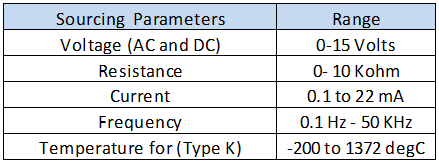
For Full specifications, kindly check the user manual.
Calibration Capabilities
With the above uses and features of Fluke 754 Documenting Process Calibrator, where a combination of each feature can be used to perform below calibration capabilities:
- Capable to calibrate a thermocouple.
- Capable of calibrating a digital thermometer
- A thermometer that usually using a thermocouple probe can also be calibrated through simulation
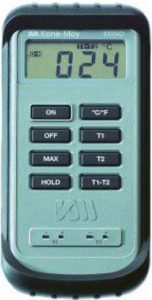
- A thermometer that usually using a thermocouple probe can also be calibrated through simulation
- Capable of calibrating an RTD ( resistance temperature detector)
- Direct simulation of temperature to an RTD with indicator or as a display
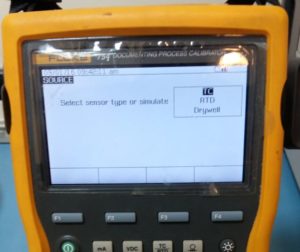
RTD calibration settings
- Direct simulation of temperature to an RTD with indicator or as a display
- Capable to calibrate a Pressure gauge
- By using a pressure module and a hand pump, you can calibrate a wide range of pressure gauges which includes a differential pressure gauge, vacuum gauge, and a level gauge based on pressure.
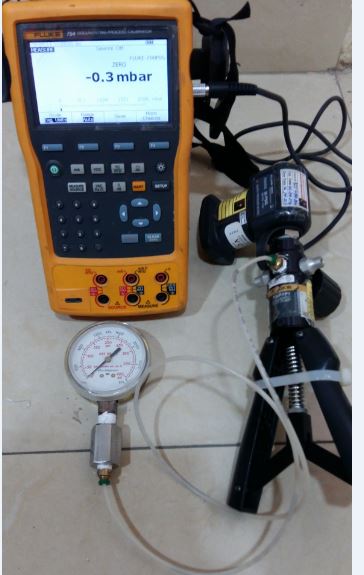
Pressure module and fluke 754 for pressure calibration
- By using a pressure module and a hand pump, you can calibrate a wide range of pressure gauges which includes a differential pressure gauge, vacuum gauge, and a level gauge based on pressure.
- Capable of calibrating Transmitters ( pressure, temperature, and level)
- A transmitter that is usually program to function in a 4-20 mA current range can be calibrated with a dual-display where the converted parameter is seen. For example current to pressure conversion. Fluke 754 is can also read or communicate with a Hart Transmitters (example: Rosemount).
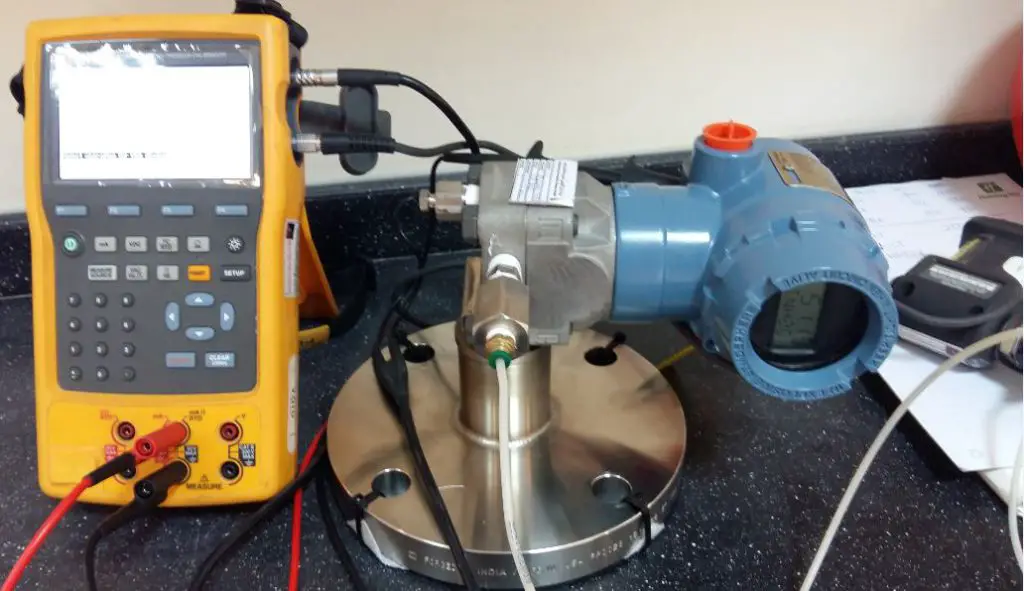
fluke 754 and Rosemount pressure transmitter with hart connection
- A transmitter that is usually program to function in a 4-20 mA current range can be calibrated with a dual-display where the converted parameter is seen. For example current to pressure conversion. Fluke 754 is can also read or communicate with a Hart Transmitters (example: Rosemount).
- Capable of calibrating switches ( pressure and temperature)
- Through simulation of required temperature, current or voltage that triggers a switch.
- By using the open and short function of the FLuke 754, you calibrate a pressure switch. It has an audible alarm that can detect open or closed contacts. See this link for pressure switch calibration procedure >> pressure switch
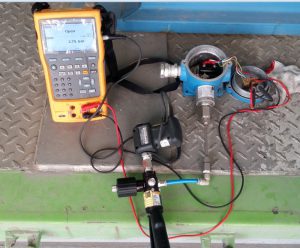
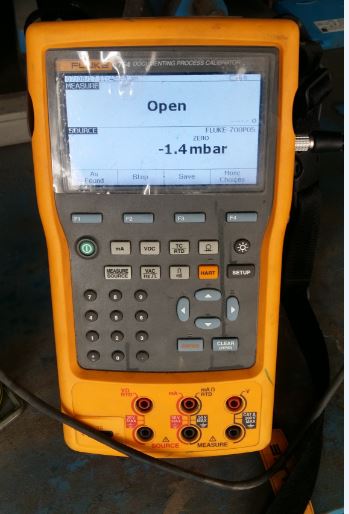
Open and Close display for Pressure switch calibration
- Capable to calibrate temperature controllers and overheat protectors
- The input of a temperature controller and the overheat protector has the same principle as the digital thermometer
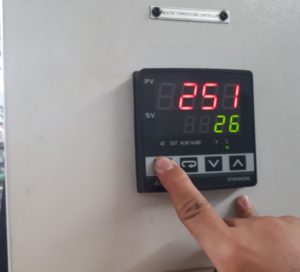
Temperature Controller .
- The input of a temperature controller and the overheat protector has the same principle as the digital thermometer
- Capable of calibrating temperature /Chart recorders
- Capable of calibrating a multimeter/tester with the above ranges depending on the acceptable process requirements.
- Since Fluke 754 can source out or simulate Voltage, Current, resistance, and frequency, a limited calibration on a certain multimeter can be accomplished as long as it is accepted by the user that depends on how it is used in the process. A limited calibration.
- It can Calibrate or verify a non-contact Tachometer.
- The tachometer can be verified by using a frequency source and a LED (light-emitting diode) See this link for this procedure
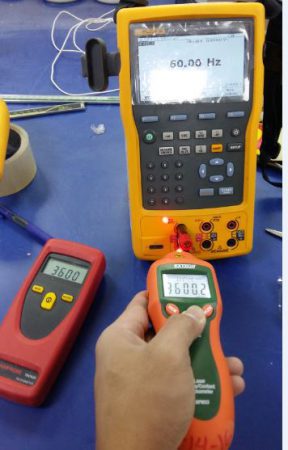
Tachometer Calibration using the Fluke 754
- The tachometer can be verified by using a frequency source and a LED (light-emitting diode) See this link for this procedure
- It can verify or calibrate a Pressure Safety Valve (PSV) or a Pressure Relief Valve ( PRV).
- And more depending on the needed parameters and specifications of certain instruments that recognize the generated signal of Fluke 754.
Conclusions
Below are the capabilities that Fulke 754 process calibrator can provide:
- Measure and source (simulation) of thermocouple wires.
- Capable to calibrate a digital thermometer display
- It can calibrate an RTD probes/sensor ( Resistance Temperature Detector)
- It can calibrate pressure gauges.
- Capable to calibrate transmitters.
- Capable to calibrate pressure and temperature switch.
- It can calibrate temperature controllers
- It calibrates temperature chart recorders or data loggers
- Can be used to calibrate a multimeter (limited calibration)
- It can Calibrate or verify a non-contact Tachometer.
- It can verify or calibrate a Pressure Safety Valve (PSV) or a Pressure Relief Valve ( PRV).
With all these features that a fluke 754 can provide, it is very wise to have it as part of our calibration and maintenance program. It has advance features where you can automate some calibration and measurements but you do not need them if you don’t want to because the basic ones are already enough as long as you understand them. But of course, it is very advantageous if you can apply automation because it makes your job better.
Please click here to view in amazon
Thank you for visiting. Please don’t forget to leave a comment and subscribe.
Regards,
Edwin
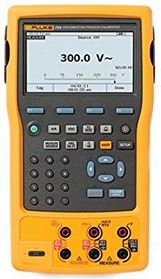

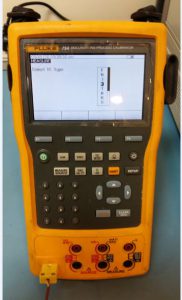
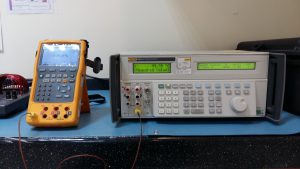
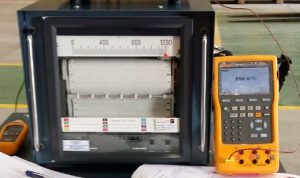
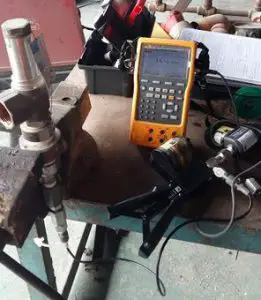
8 Responses
simbarashe nhowe
I really appreciate the extensive performance of this equipment I believe I have to save and buy my own
edsponce
Yes,
It is a big help and a good investment when you are dealing with calibration specially during in-house calibration.
Thank you for reading my post.
Best regards,
Edwin
khurshid dadan khan
fluke 754 is very good calibration tool i should say tools. it reduced equipment weight & arrange. Useful for each CALIBRATION LAB.
edsponce
Hi Khurshid,
I agree with you. It is one of the most used standard/tools in the lab.
Thanks for reading my post.
Edwin
ALEX ICHIDE
Fluke 754 is the right instrument for calibration, it serve multi purpose
edsponce
Hi Alex, yes, I agree with you.
Thanks for visiting my site.
Edwin
Ryan
Hello Ed, I am struggling to adjust Current Source and Measure (OOT) throughout the process of calibration. By any chance, do you have any tip for me? Thank you in advance.
edsponce
Hi Ryan,
Sorry but I did not encountered such problem. But I believe it has a service manual that you can download or request from Fluke.
Thanks for visiting my site.
Edwin